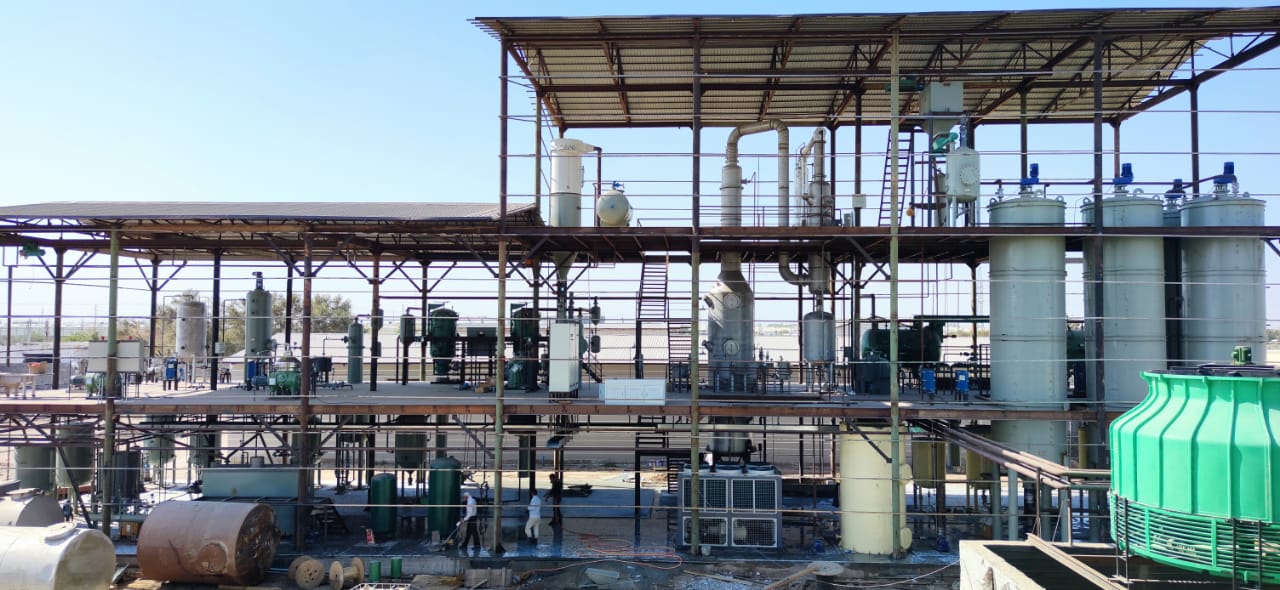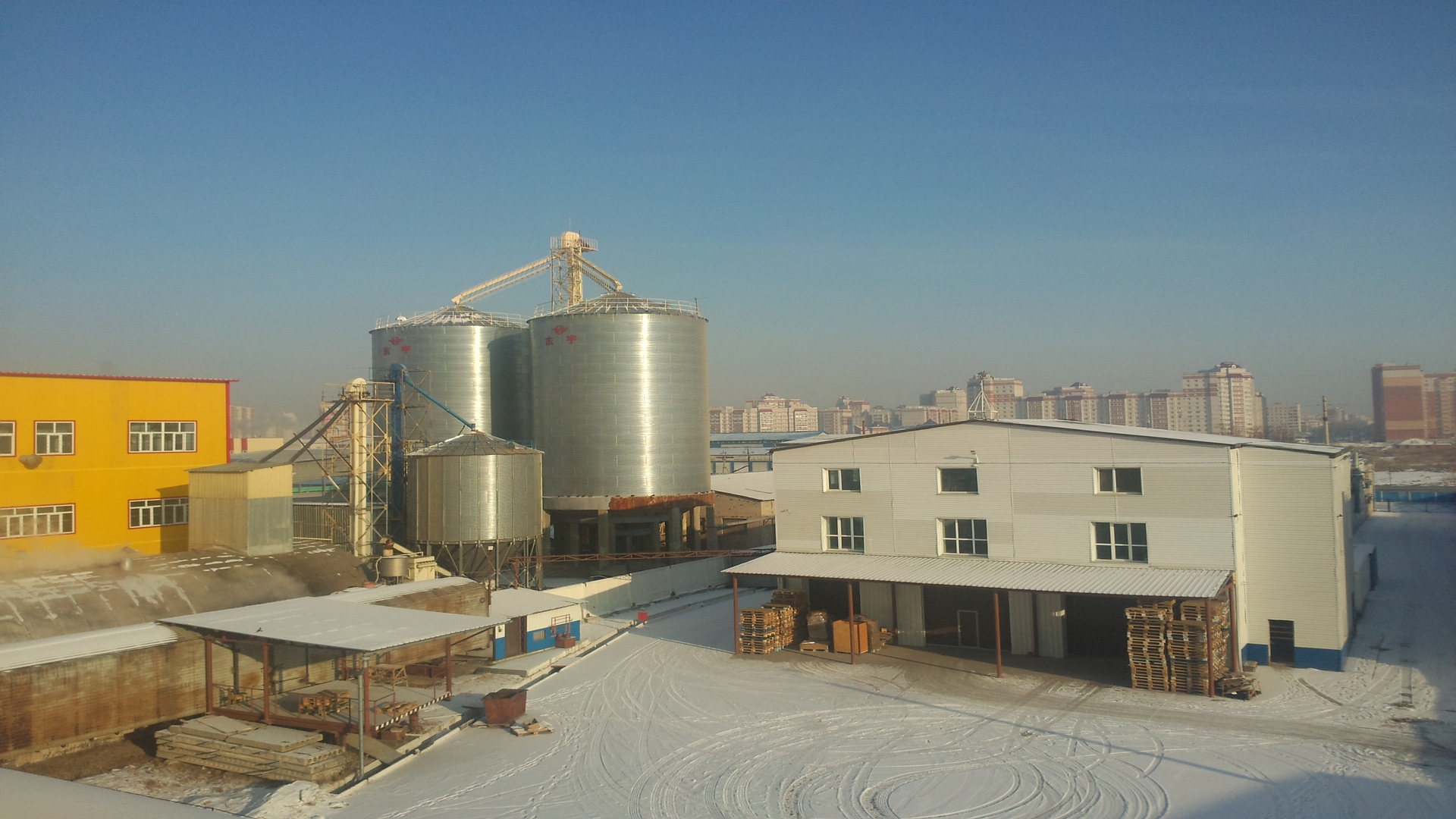
Have you ever wondered how soybean oil is made? This article takes you on a journey through the intricate process of soybean oil production, highlighting key steps, technologies, and the by-products that make this essential oil so valuable. Whether you're a buyer, manufacturer, or simply curious about food processing, understanding the science behind soybean oil can help you make informed decisions.

Soybean oil production involves several critical stages, each playing a vital role in ensuring quality and efficiency. Let’s break it down:
The process starts with cleaning the raw soybeans to remove impurities such as dirt, stones, and foreign materials. Advanced air classifiers and vibrating screens are used for this step. According to industry data, proper cleaning can improve oil yield by up to 3% and reduce processing time by 10%.
After cleaning, the soybeans are crushed into smaller pieces using a roller mill. This increases the surface area for better oil extraction. The next step, dehulling, removes the outer shell, which contains less oil but more fiber. A typical soybean plant processes around 100 tons of soybeans per day, producing over 18 tons of crude oil.

The crushed soybeans are then conditioned with steam to soften them, making it easier to flake them into thin layers. This step is crucial for maximizing oil extraction during pressing. Modern plants use high-efficiency steam conditioning systems that maintain optimal temperature and moisture levels.
There are two main methods of oil extraction: mechanical pressing and solvent extraction. Mechanical pressing uses large screw presses, such as the large screw oil press, to extract oil directly from the flakes. Solvent extraction, on the other hand, uses hexane to dissolve the oil, which is later recovered through evaporation. Both methods have their advantages, with solvent extraction typically yielding higher oil recovery rates—up to 95% in some cases.

While soybean oil is the primary product, the process also generates valuable by-products:
These by-products not only add value to the overall production chain but also contribute to sustainable practices by minimizing waste.
At our company, we take pride in maintaining strict quality control throughout the entire production process. Every batch of soybean oil undergoes rigorous testing for purity, free fatty acid content, and oxidative stability. Our state-of-the-art facilities are equipped with advanced monitoring systems to ensure consistent quality and compliance with international standards such as ISO 22000 and HACCP.
We understand that as a global buyer, your decision is based on trust, reliability, and performance. That’s why we invest heavily in research, technology, and training to ensure that every drop of our soybean oil meets the highest standards of excellence.
Ready to experience the difference of premium soybean oil? Join thousands of satisfied customers who rely on our expertise and commitment to quality. Discover our products today and take the first step toward a more reliable supply chain.

